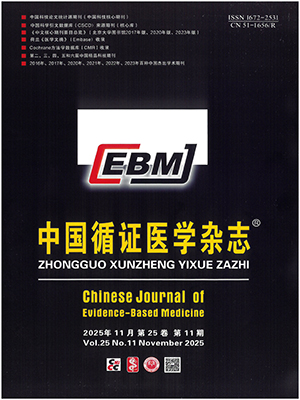Objective To evaluate the effectiveness and safety of doxepin in the treatment of primary insomnia.
Methods We searched The Cochrane Library (Issue 4, 2009), PubMed (1966 to December 2009), EMbase (1974 to December 2009), ISI (1961 to December 2009), CNKI (1979 to December 2009), VIP (1989 to December 2008), CBM (1978 to December 2009), and WANFANG Data (1998 to December 2009). We also searched the correlated grey literature and conference literature for complement. Data were extracted, methodologically evaluated, and cross-checked by two reviewers independently. RevMan 5.0 was used for statistical analysis.
Results One randomized controlled trial and three cross trials involving 171 patients were included. The results of meta-analyses showed that total sleep time (TST), wake time during sleep (WTDS), wake time after sleep (WTAS), and sleep efficiency (SE) were improved by low and medium dosage of doxepin (1-25 mg) with statistically significant difference compared with placebo. On the contrary, most indicators of sleep quality had no statistically significant difference between high dose doxepin (50 mg) and placebo. While the sleeping structural indicators of rapid eye movement sleep (REM), rapid-eyemovement latency (REM-L), and sleep stage II (St.II) were changed by high and medium dosage of doxepin (25-50 mg) with statistically significant difference.
Conclusions Low and medium dosage of doxepin (1-25 mg) is effective in improvement of the sleep quality in patients with primary insomnia, but it is necessary to concern the side effects and the effects on sleep structure when treating primary insomnia with medium dosage of doxepin (25 mg). High dosage of doxepin (50 mg) is not recommended to treat primary insomnia. However, this conclusion still needs clinical trials to be further validated.
Citation: YUAN Jinqiu,YANG Kehu,LIU Yali,YANG Shengping. Effectiveness and Safety of Doxepin for Primary Insomnia: A Systematic Review. Chinese Journal of Evidence-Based Medicine, 2010, 10(11): 1325-1330. doi: 10.7507/1672-2531.20100590 Copy
Copyright ? the editorial department of Chinese Journal of Evidence-Based Medicine of West China Medical Publisher. All rights reserved




